
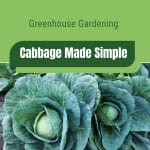
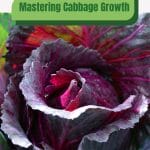


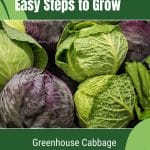

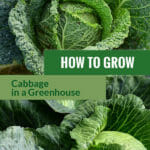
Greenhouses are an absolutely perfect place to grow cabbage also known as headed cabbage and Brassica Oleracea. It is a cool-season vegetable, which makes it ideal for the winter months without heating it heavily. The moderate light requirements in the colder climate will not affect the plants as it would on a warm-season veggie. It is surprisingly simple to grow cabbage in a greenhouse if you feed the soil correctly and if you use precautions against well-known pests.
Cabbage refers to the leafy purple or green vegetable known for its head that is densely-leaved. It is rich in vitamins and is a component of many salad dishes. It is easy to grow cabbage in a greenhouse while abiding by the following guideline.
Planting
Quick overview of growing cabbage in a greenhouse
- Type: Cool-season crop
- Time from seed to harvest: 90-120 days
- Germination temp: 45-75°F
- Time until first emergence: 4-10 days
- Best temp to grow: 60-65°F
- Height: 12-24 in
- Spread: 5-6 in
- Grow from seed: 1/4-1/2 in deep, spacing 2 ft by 2 ft
- Companions: Aromatic herbs
- Keep away from: Tomatoes, beans, peppers and strawberries
- Start the cabbage seeds in a small nursery inside the greenhouse (Get some hydroponic seed trays for your greenhouse!)
- Stuff the seed tray with fertilizer
- Set the tray in a sunshiny place
- Maintain a moistened seed tray till the seedlings sprout and are ready for transplanting
- The desired spacing is two feet by two feet
- Simple to transplant: Transplant the seedlings when they have developed two leaves
- The ideal soil temperature that facilitates effective germination is 65°F
- Keep the soil moist and greenhouse temperature as they grow
- Examine the pots each day for any indications of moisture loss
- Apply a thick layer of mulch to regulate soil temperature and prevent loss of moisture
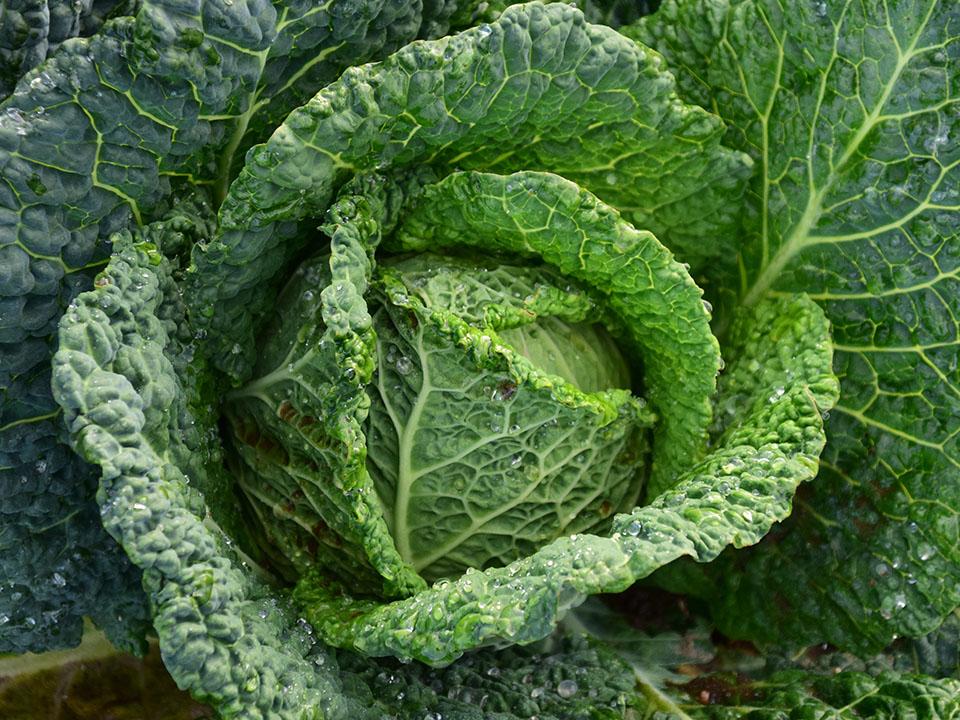
Tips and tricks
- Cabbages, like other Brassica species, quickly deplete the soil of resources. So, don’t plant them together with other related species. Instead, plant them close to beans and dill. The former enriches the soil with nitrogen while the latter attracts beneficial wasps that eliminate cabbage worms.
- Rotate cabbage with other crops to minimize the buildup of soil-borne infections
- Cut the ripened cabbage head using a knife once it seems hard to touch, but before it divides
- If you are not using a heating system, shield your young seedlings in the evening by covering them with a horticultural fleece. Fleece can shield your plants from chills below 27°F.
- The perfect opportunity to supplement a foliar feed is late at night or early in the morning. This is the time when the stomata are open. Basically, this is when your plant is breathing
- Do not neglect your greenhouse’s temperature to climb over 80°F, because it will stimulate them to flower. Flower leaves produce a bitter flavor
Common problems
Common pests that attack cabbages include cutworms, flea beetles, caterpillars, aphids, cabbage worms, and cabbage root flies. Splitting is also detrimental, especially when you apply water in excess. Cabbage root flies lay eggs throughout stems. It is where they hatch, burrow down and eat the roots. The excellent action to avoid them is to keep the flies out by covering your cabbage with a fine screen. Inspect regularly for small yellow eggs of cabbage white caterpillars underneath the leaves and remove them by wiping them off.
The excellent method to prevent difficulties is to keep your cabbage healthy and maintain garden cleanliness. To prevent bugs from growing up in your soil, do not plant cabbage or other crops at the very same point every year.
Some cabbage does not set heads or the heading is poor. Provide them with lots of capacity to expand to aid heading.
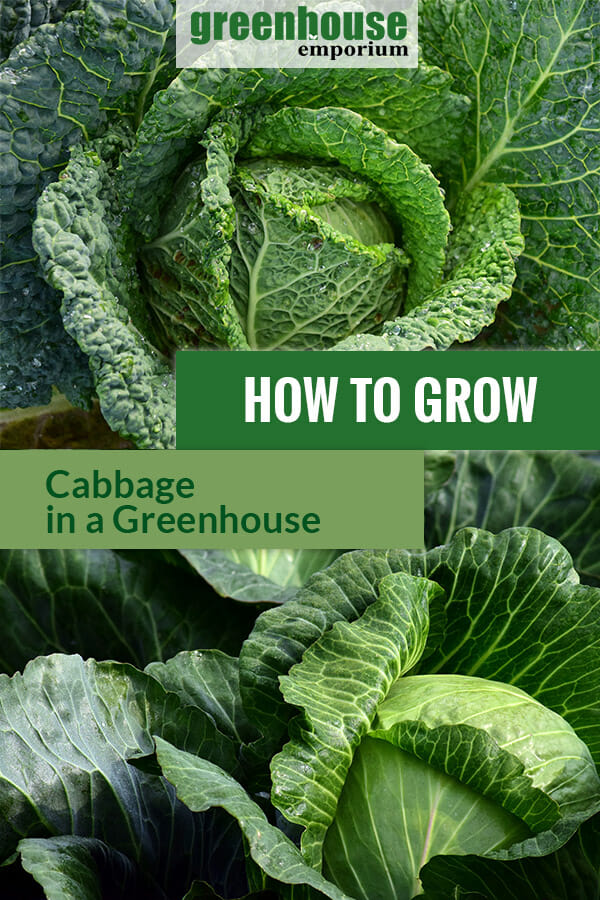
The requirements for growing cabbage in a greenhouse
Watering
Cabbage thrives in moist soil. Sow the seeds and water adequately until the plants germinate. While soggy water may cause splitting, apply 1.5 inches of water to ensure the plants produce leafy heads because a constant water level is more valuable than the quantity of water.
Soil
Cabbage grows well in soils rich in potassium and nitrogen. The crop is sensitive to acidity; the optimal soil pH is 6.5 although it tolerates soils with higher pH as well. Test your soil to ensure that it is the proper pH level. You may also purchase a kit to do so. If you can’t have your soil tested, you may combine nitrogen-rich supplements such as composted manure to the soil.
Maintain a clear soil free of weeds by using an oscillating hoe. Hoeing to control weeds is helpful as it also stimulates the microbial growth in your soil which produces increased nutrients possible to your cabbages.
Regularly apply brand-new, sterilized potting soil when planting cabbage in your greenhouse. This is a system that will guarantee a healthful, disease-free, and pest-free vegetables.
Lighting
Cabbages require full sun and seedlings that are grown indoors are at risk of growing tall and elongated or leggy. Leggy seedlings happen when it receives too much warmth but without adequate light. It is good that greenhouse kits can now provide adequate lighting. You can install a mirror or other reflective stuff behind the tray to reflect the sunlight.
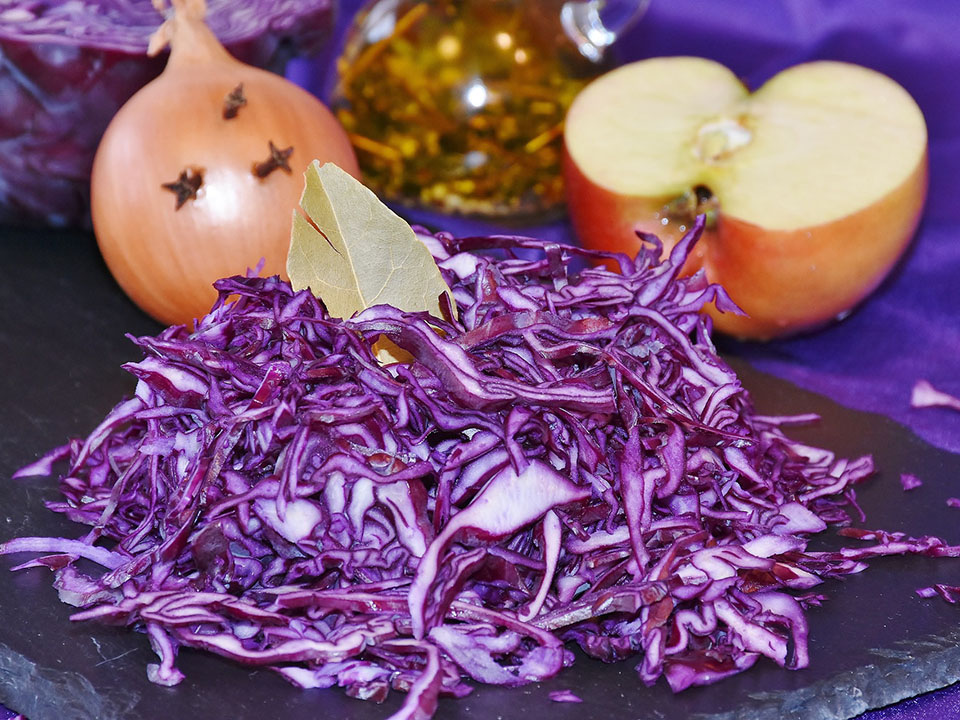
Harvesting your fresh cabbage
Most varieties take 10 to 12 weeks to mature, producing two to three pounds per head.
Your cabbage is ready for harvest shortly after the heads are roughly the size of a softball and solid. Harvest by cutting the head with a sharp knife near the ground level.
Learn more tips about How to Grow greenhouse plants the easier way here.









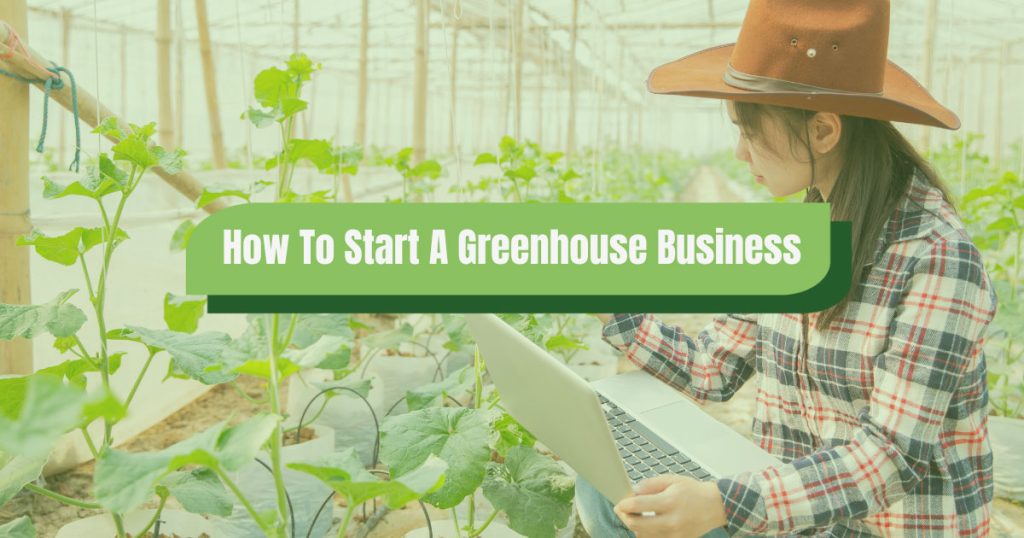




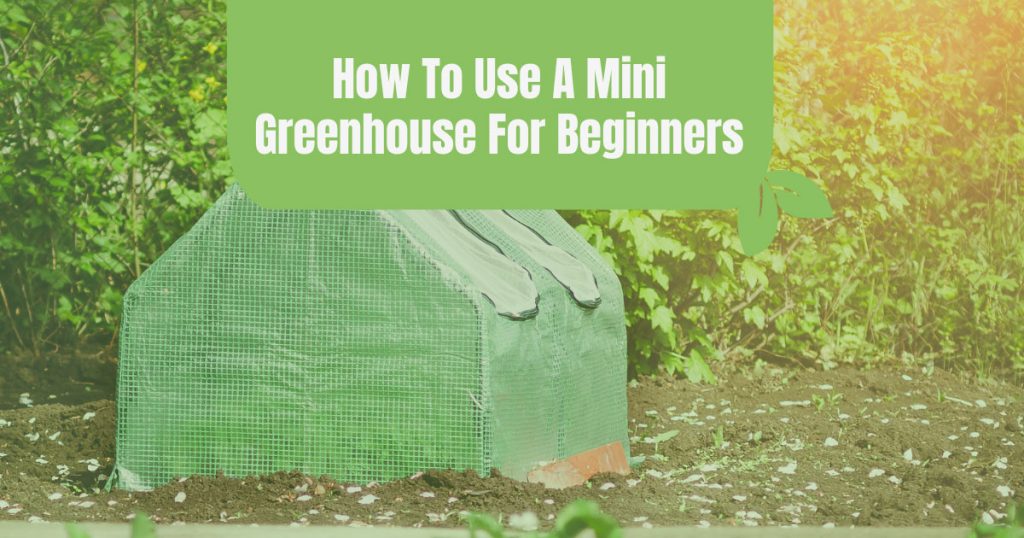





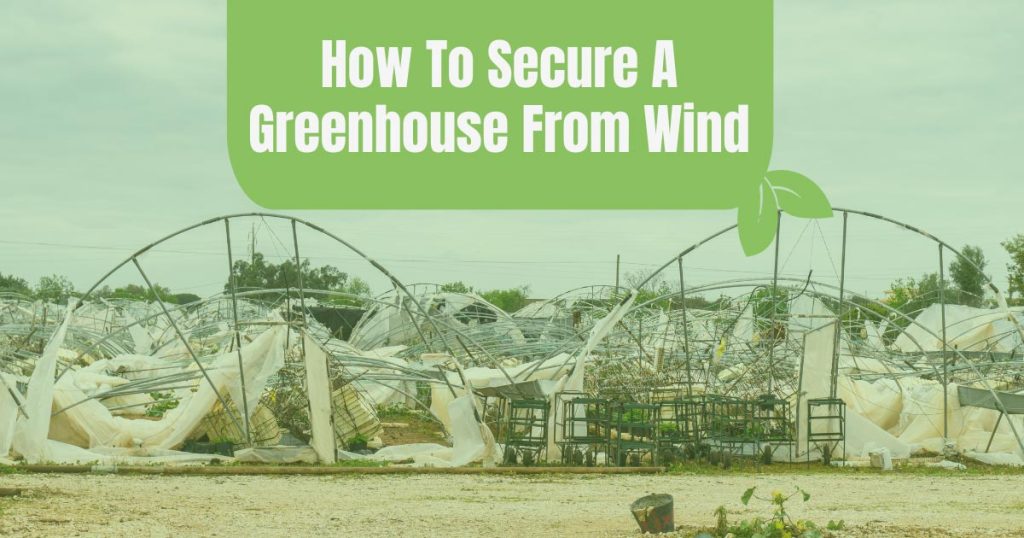











One comment
Consider fleecing and heating a partitioned section of your greenhouse to make a suitable environment for growing on tender plants and be prepared to protect young plants with fleece on frosty nights or provide supplementary heating